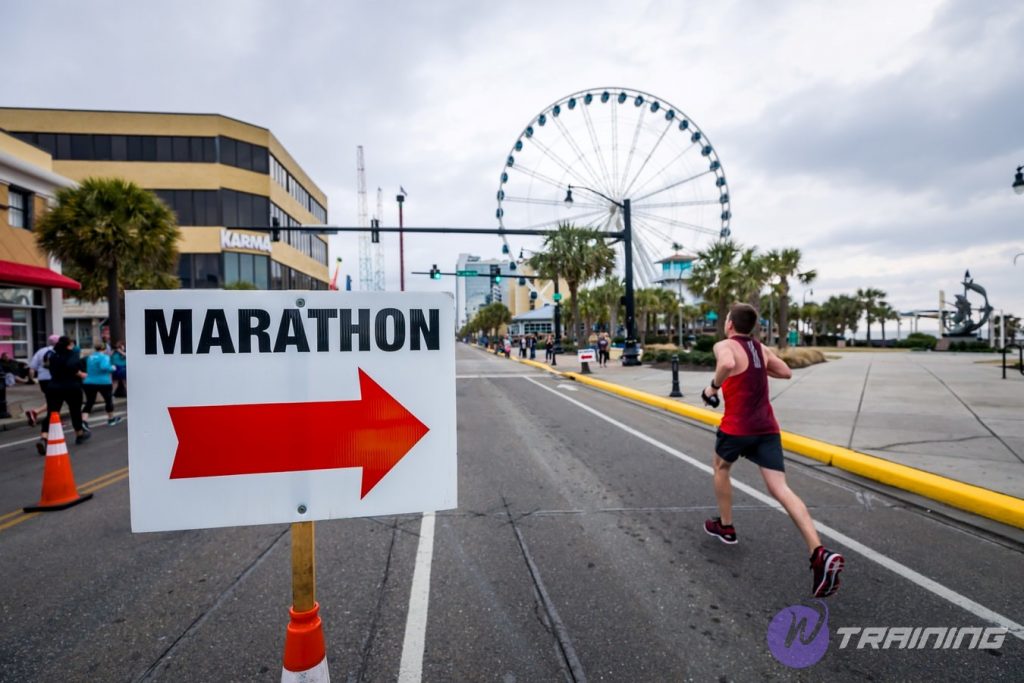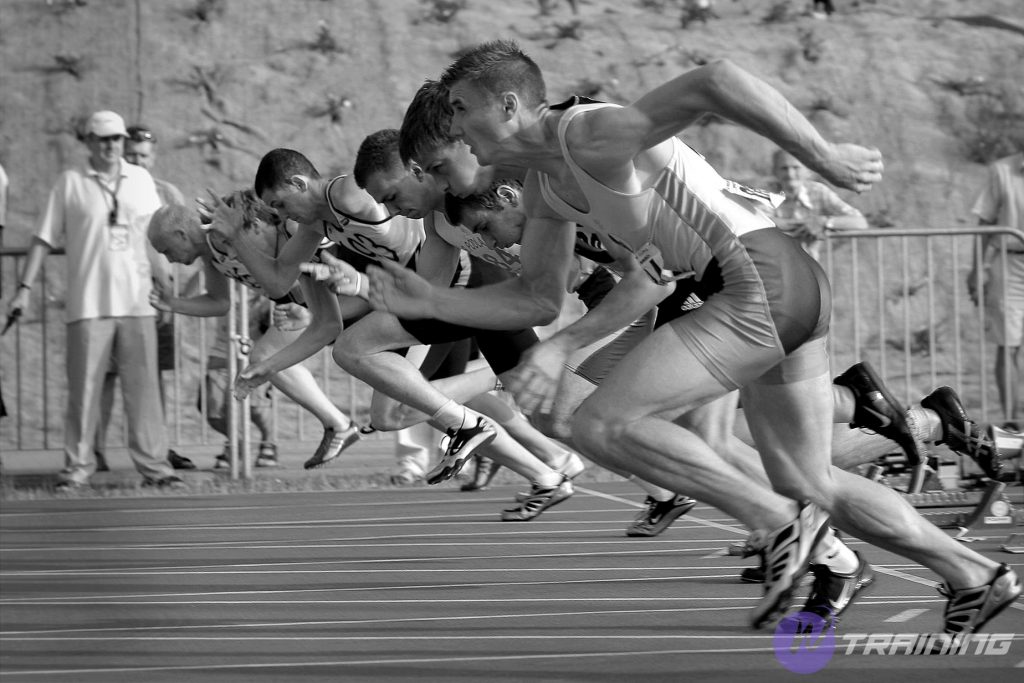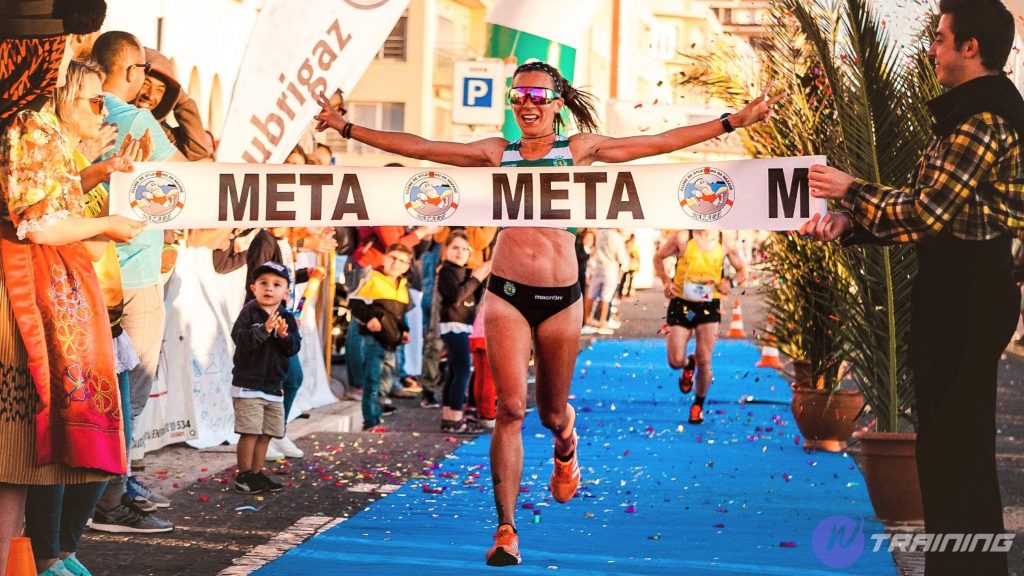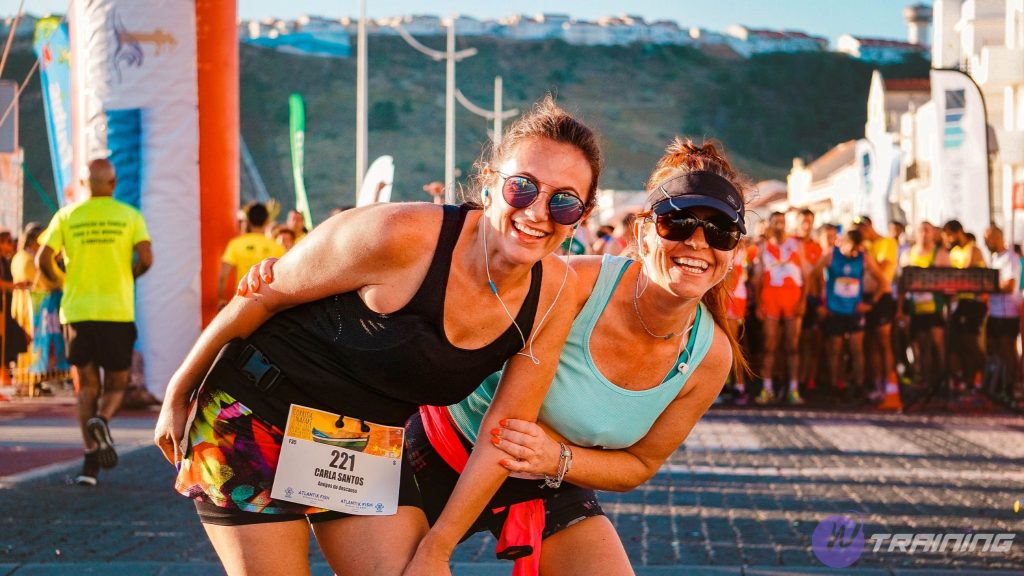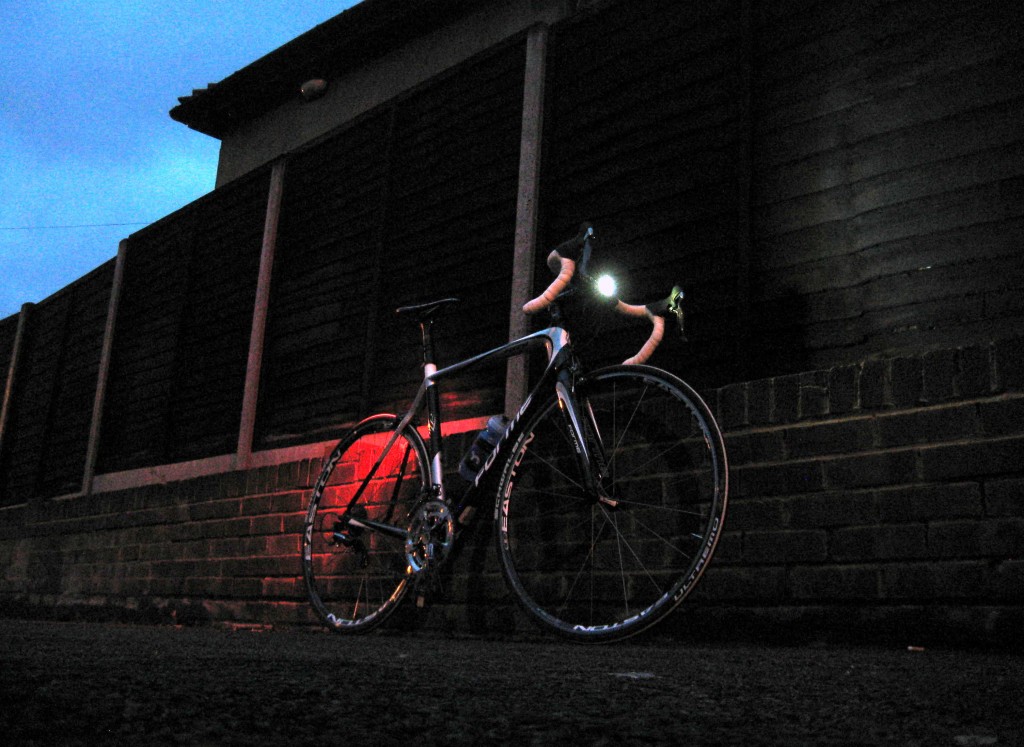The marathon is a long-distance race with a 42.195-kilometer official distance (26 miles 385 yards). A Greek soldier instituted this event. Competitors can run or walk to complete the races. Each year, over 800 marathons are held around the world, attracting thousands of participants. Let’s learn more about marathon as well as marathon distance by reading this article!
History
1. Origin
Marathon derives its name from the legend of Pheidippides, a Greek messenger. According to legend, he was dispatched from the Battle of the Marathon (the town of Marathon) to Athens to announce that the Persians had been defeated. According to legend, he ran nonstop until he reached the finish line, screaming “Νενικήκαμεν” (Nenikékamen, “We have won”) before collapsing and dying.
2. Modern Olympics marathon
The promoters and organizers of the new Olympics in the late nineteenth century decided to go to a popular grand event, and they remembered the Greek victory. Michel Bréal was the one who came up with the idea for the Marathon. He desired an event that would commemorate the first Olympic Games, which took place in Athens in 1896. Pierre de Coubertin, the father of the Modern Olympics, as well as many other Greeks, enthusiastically supported this proposal. The first selective marathon was held in Greece, and Charilaos Vasilakos set a new record with a time of 3 hours and 18 minutes. Spyridon Louis, a Greek water-carrier, was the first Olympic Marathon champion. With a time of 2 hours 58 minutes and 50 seconds, he took first place.
They introduced the Women’s Marathon at the 1984 Summer Olympics in Los Angeles and the winner was Joan Benoit of America with a record 2 hours 24 minutes 52 seconds.
See also: Marathon Clothing Ideas: What is Essential For Training?
Marathon distance
The duration of an Olympic marathon was not set in stone at first, but the first few Olympic marathons were about 40 kilometers (25 miles), approximately the distance between Marathon and Athens along the longer, flatter path. The exact length depended on the route established for each venue.
1. Marathon distance in 1908 Olympics
The International Olympic Committee agreed in 1907 that the distance for the 1908 London Olympic marathon would be about 25 miles or 40 kilometers. The organizers decided on a course of 26 miles from the start at Windsor Castle to the royal entrance to the White City Stadium, followed by a lap (586 yards 2 feet; 536 m) of the track, finishing in front of the Royal Box. The course was later altered to use a different entrance to the stadium, followed by a partial lap of 385 yards to the same finish.
The International Amateur Athletic Federation (IAAF) set the modern 42.195 kilometers (26.219 mi) standard distance for the marathon in May 1921 directly from the length used at the 1908 Summer Olympics in London.
2. Marathon distance in IAAF and world records
The official IAAF marathon course length is 42.195 kilometers (42 m tolerance only in excess). To reduce the risk of a measuring error producing a length less than the minimum distance, course officials add a short course prevention factor of up to one meter per kilometer to their measurements.
The IAAF marks the route so that all competitors can see how far they have traveled in kilometers. It is customary for major events to publish competitors’ timings at the halfway point as well as at 5 km splits. Marathon runners can claim world records for shorter distances recognized by the IAAF (such as 20 km, 30 km and so on).
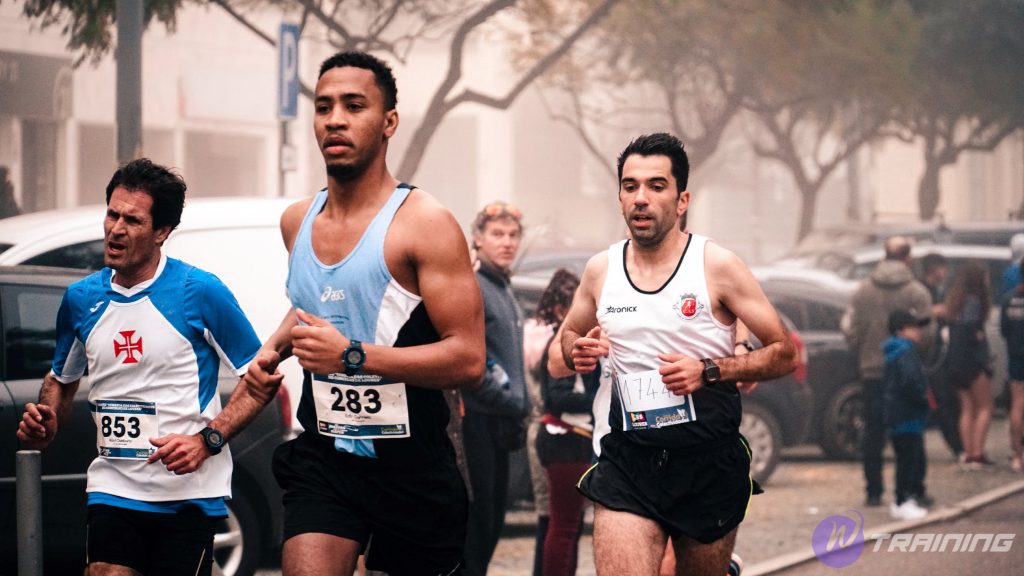
Marathon races
There are more than 800 marathons annually.
- In 2006, the editors of Runner’s World selected a “World’s Top 10 Marathons”, in which the Amsterdam, Honolulu, Paris, Rotterdam, and Stockholm marathons were featured along with the five original World Marathon Majors events (excluding Tokyo).
- Other notable large marathons include the United States Marine Corps Marathon, Los Angeles, and Rome.
- The Boston Marathon is the world’s oldest annual marathon. It inspired by the success of the 1896 Olympic marathon and held every year since 1897 to celebrate Patriots’ Day.
- The Midnight Sun Marathon is held in Tromsø, Norway at 70 degrees north.
- Other unusual marathons include
- Great Wall Marathon on The Great Wall of China
- Big Five Marathon among the safari wildlife of South Africa
- Great Tibetan Marathon
- The Istanbul Marathon is the only marathon where participants run over two continents (Europe and Asia) during the course of a single event.
- On 20 March 2018, an indoor Marathon took place in the Armory in New York City. The 200 m track saw a world record in the women’s and men’s field.
- Lindsey Scherf (USA) set the indoor women’s world record with 2:40:55.
- Malcolm Richards (USA) won in 2:19:01 with a male indoor world record.
Wheelchair division
Many marathons feature a wheelchair division. Typically, those in the wheelchair racing division start their races earlier than their running counterparts.
The first wheelchair marathon was in 1974 in Toledo, Ohio, won by Bob Hall in 2:54. Hall competed in the 1975 Boston Marathon and finished in 2:58, inaugurating the introduction of wheelchair divisions into the Boston Marathon. From 1977, they declared the race as the US National Wheelchair championship. The Boston Marathon awards $10,000 to the winning push-rim athlete. Ernst van Dyk has won the Boston Marathon wheelchair division ten times and holds the world record at 1:18:27, set in Boston in 2004. Jean Driscoll won eight times (seven consecutively) and holds the women’s world record at 1:34:22.
Some of the quickest people to complete a wheel-chair marathon include
- Thomas Geierpichler (Austria) won gold in men’s T52-class marathon (no lower limb function) in 1 hr 49 min 7 sec in Beijing China, on 17 September 2008.
- Heinz Frei (Switzerland) won the men’s T54 marathon (for racers with spinal cord injuries) in a time of 1 hr 20 min and 14 sec in Oita, Japan, 31 October 1999.
World records and world’s best
On January 1, 2004, the IAAF recognized world records. However, marathon routes vary greatly in terms of elevation, course, and surface, making exact comparisons impossible. The fastest times are typically set on relatively flat courses near sea level, in good weather, and with the assistance of pacesetters.
The current world record time for men over the distance is 2 hours 1 minute and 39 seconds. The world record for women is 2 hours 14 minutes and 4 seconds.
Health risks
Running a marathon poses a number of health risks. Running can be stressful both during training and during races. While extremely unlikely, death is a possibility during a race. Blisters, tendonitis, fatigue, knee or ankle sprain, dehydration (electrolyte imbalance), and other minor health risks are common.
1. Cardiac health
A systematic medical review published in 2016 discovered that the risk of sudden cardiac death during or immediately after a marathon ranged between 0.6 and 1.9 deaths per 100,000 participants, regardless of age or gender. Due to the low risk, cardiac screening programs for marathons are uncommon. This review, however, did not attempt to assess the overall cardiac health impact of marathon running.
A 2006 study of non-elite Boston Marathon runners looked for specific proteins that indicate heart damage or dysfunction (see Troponin). Before and after the marathon, they were also given echocardiogram scans. According to the findings of the study, in that sample of 60 people:
- Runners who had averaged less than 56 km (35 mi) of weekly training showed some heart damage or dysfunction.
- Runners who had done more than 72 km (45 mi) of weekly training showed few or no heart problems.
Running a marathon, according to a Canadian study published in 2010, can temporarily impair the function of more than half of the muscle segments in the heart’s main pumping chamber, but neighboring segments can usually compensate. Within three months, they had recovered completely. The less the effect, the fitter the runner. The runners with decreased left ventricle function had an average peak weekly training distance of 55.1 km (34.2 mi). Whereas, those who did not average 69.1 km (42.9 mi). The marathon was held in 35 °C (95 °F) weather.
2. Hydration
Excessive consumption is the most significant concern associated with water consumption in marathon running competitions. Drinking too much water during the race can lead to dilution of sodium in the blood (exercise-related hyponatremia). It can lead to vomiting, seizures, coma and even death. Dr. Lewis G. Maharam, medical director of the New York City Marathon, declared in 2005: “No fatal dehydration has been reported in the world running history, but there are many cases of people die from hyponatremia. ”
Women are more susceptible to hyponatremia than men. A study in the New England Journal of Medicine found that 13% of athletes who completed the 2002 Boston Marathon had hyponatremia.
You should adjust fluid intake as factors such as body weight, sex, climate, speed, fitness (VO2 max) and sweat rate.
Instead of water, the International Marathon Medical Directors Association (IMMDA) recommends that runners drink sports drinks containing carbohydrates and electrolytes. Instead of feeling obligated to drink at every water station, those runners should “drink for thirst.” Heat exposure reduces thirst, and thirst may not be the best motivator to drink in many situations.
IMMDA and HSL Harpur Hill recommend drinking small volumes of liquid regularly at an approximate rate of about 100–250 ml (3.4–8.5 US fl oz) every 15 minutes. Patients with hyponatremia can be administered intravenously a small amount of concentrated salt solution to raise the concentration of sodium in the blood. Some athletes weigh themselves before a run and record their results in bibs. If problems arise, first aid staff can use weight information to see if the patient is drinking too much water.
3. Body temperature
Exertional heatstroke is a medical emergency in which thermoregulation fails and the body temperature rises dangerously above 104 degrees Fahrenheit (40 degrees Celsius). It becomes more dangerous in hot and humid weather, even for young and fit people. Treatment requires rapid physical cooling of the body.
Enjoy competing in races, you might set your sights on running the 26.2 miles of a marathon distance!
Read more:
Healthy Meal Plan for Runners for Marathon Training
6-Week 5K Training Plan for Beginner
